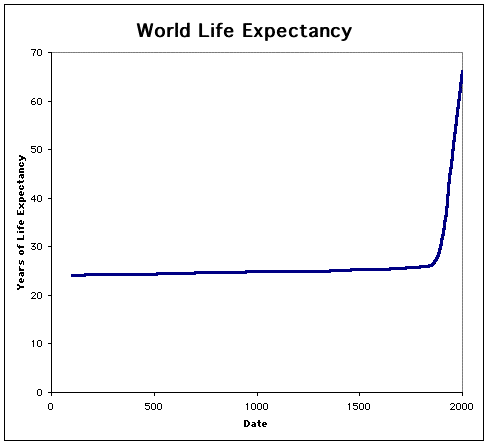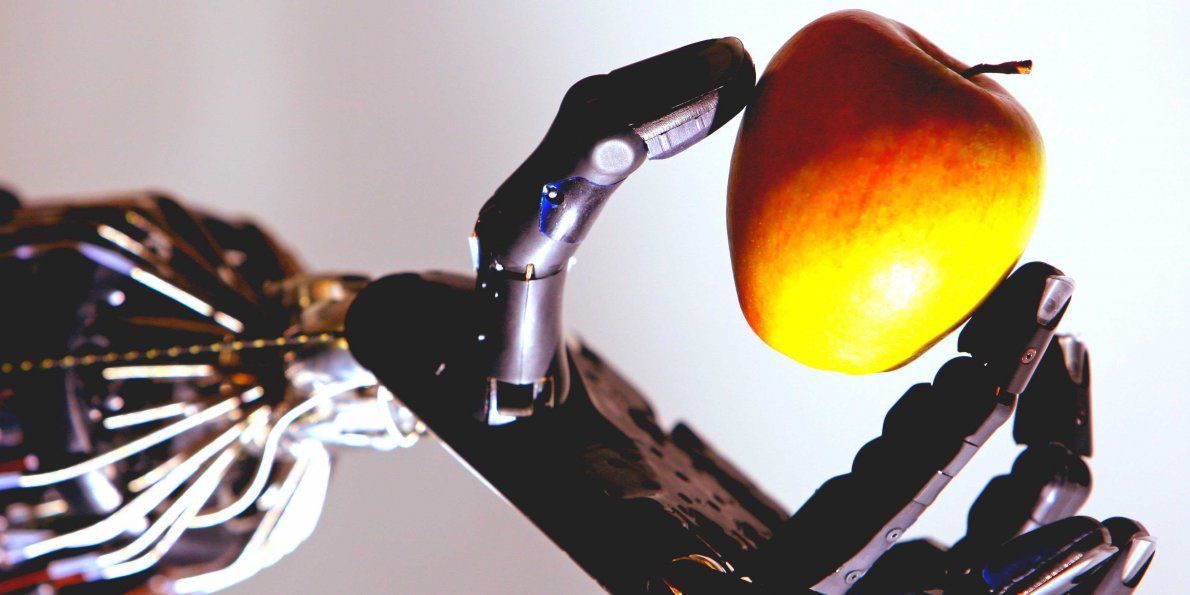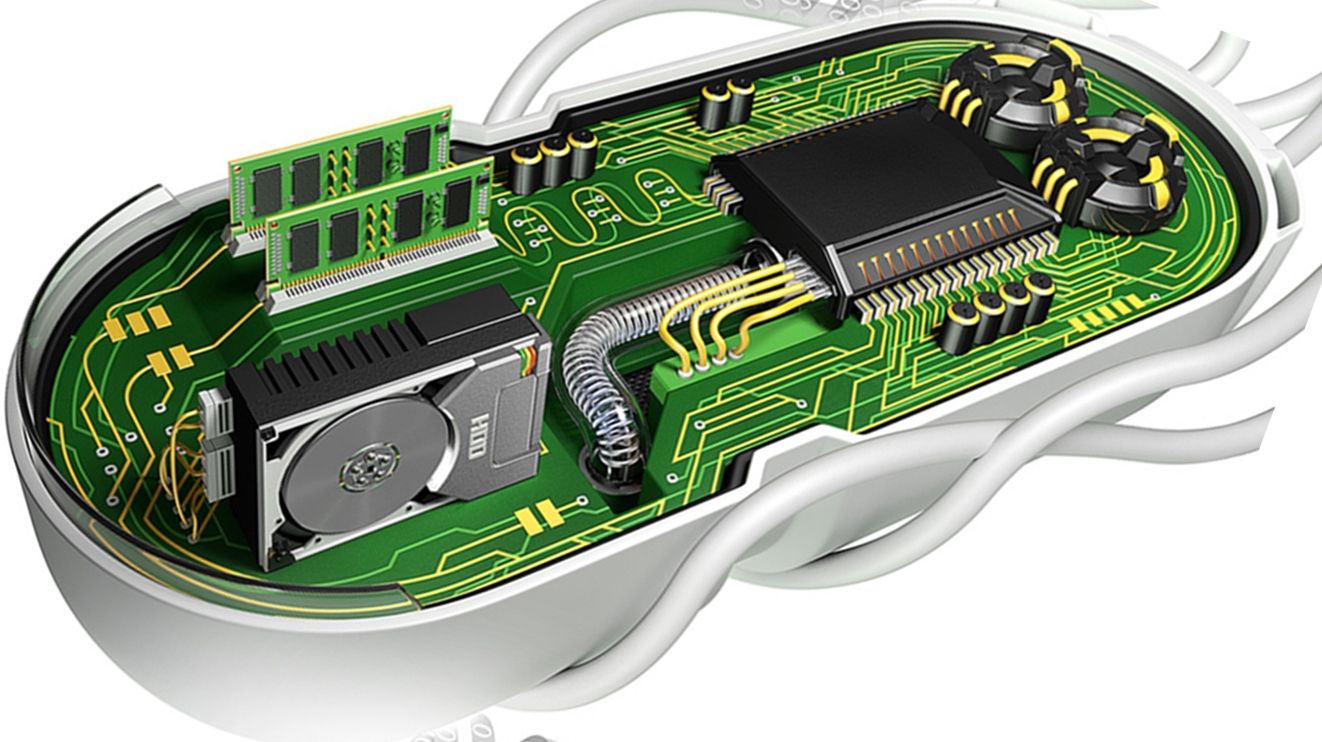The 1st Church of Singularity — guess Ray is preaching again.
By Jodi Schiller
For those of us working in virtual and augmented reality, our days are spent thinking of better and better ways to create more lifelike virtual worlds. It’s easy for us to believe that one day we will be living in a sim indecipherable from “base” reality — or even more likely, that we’re already living in one.
This year at Burning Man, the Metaverse Scholars Club, a non-profit committed to building an ethical metaverse, is creating an immersive theater/mixed reality experience reflecting these ideas.






